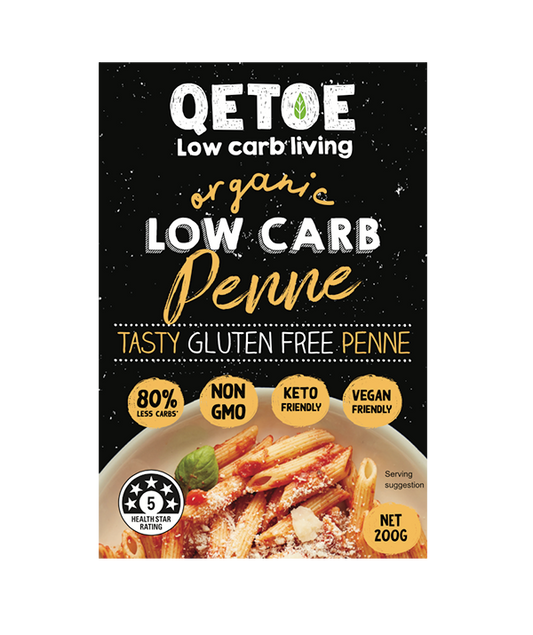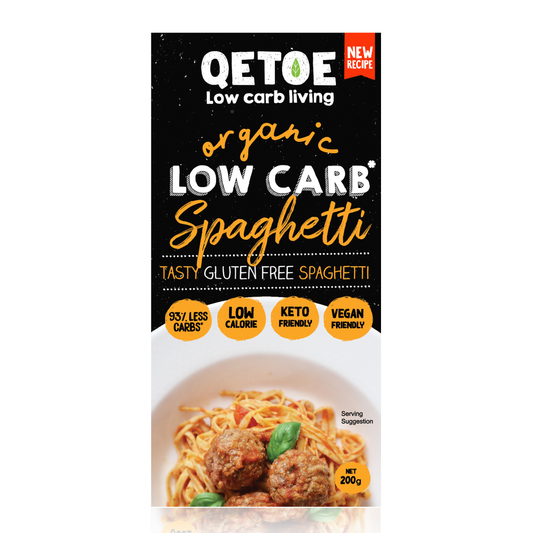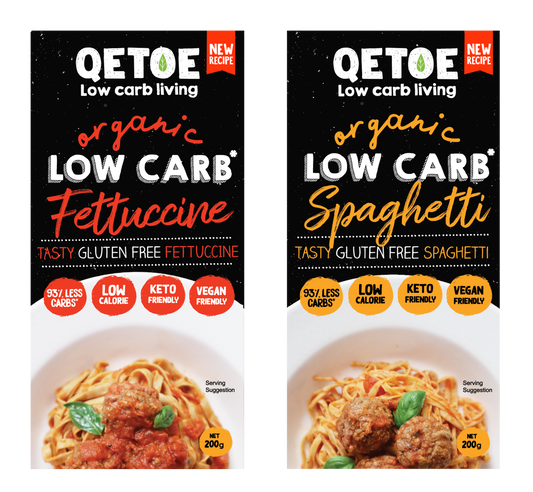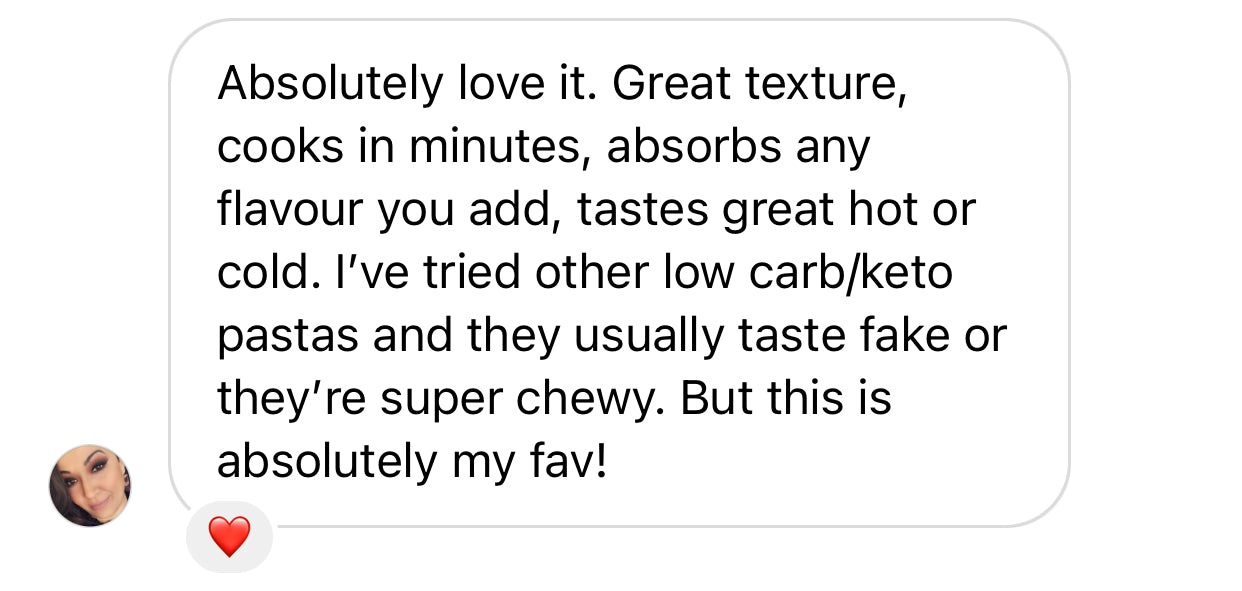The best way to appreciate the benefits of the low carb lifestyle is to understand the science behind why it works. But first, lets take a look at what happens when you eat a Standard Australian Diet (SAD). In this instance our bodies depend on glucose (a form of sugar) for energy because the body will always choose to use carbohydrates (which break down into glucose) for fuel first, before seeking other forms. There is a very narrow range of safe blood glucose levels and the body will work very hard to keep it in this range.
As we eat carbohydrates, either in the form of sugar or ‘savoury sugars’ such as bread, rice and pasta, our body produces insulin to take excess glucose out of the blood stream and into the cells for energy. Excess glucose is stored for later as glycogen (like charging our spare battery) and the rest goes to the liver to be turned into fat, which is why a high carb diet can lead to Non-Alcoholic Fatty Liver Disease.
When we eat too many carbohydrates, especially in the form of sugar or refined products, our blood glucose levels will shoot up very quickly and often the body overreacts and produces too much insulin, which subsequently causes our blood sugars to crash. This overcorrection is sort of like if you swerve in the car to avoid an obstacle but then turn too far the other way. A blood glucose rollercoaster is the result, which is the reason many people have energy crashes and cravings mid morning and afternoon. This is the body sending signals to us to eat more because low blood sugar is dangerous.
When this cycle continues over time, like a big steep blood sugar roller coaster, the body can eventually become resistant to insulin (kind of like if someone yells at you a lot and you eventually learn to block them out). So at this point the body has theoretically got enough insulin, but the cells aren’t responding properly, so you eat some more and the cycle continues. Insulin resistance is the precursor to Type 2 diabetes, which occurs when your body is no longer capable of sufficiently reducing its blood glucose levels with insulin.
Carbohydrates are actually the only non-essential macronutrient (the others being fat and protein, which are required for survival). When you eat a low carb diet, you do not have enough glucose in your body for all your energy needs. So the body uses fat as its main fuel source. Or more specifically, the liver turns fat (either from food or your body) into ketones, which can be used by the body for energy instead of glucose. This is the reason why most people lose weight easily on low carb. They are using their body fat for energy and reducing insulin (which is a fat storage hormone). The low carb diet has also been shown to reduce ghrelin levels (the body’s main hunger hormone) and reduce cravings, because now the body can have access to constant energy (from fat) without needing you to eat as regularly or consume as many carbohydrates as when you were on the insulin roller coaster.
Apart from the ability to prevent or reverse Type 2 diabetes and NAFLD, studies have shown that a low carb lifestyle can reduce your HbA1c (a 3 month average of blood glucose), insulin, blood pressure, inflammation and triglycerides while increasing HDL (the ‘good’ cholesterol) and helping with weight loss. It often also improves joint mobility, sleep, energy, allergies and reduces pain, brain fog and skin issues. Often people go low carb for the weight loss and stay for the other benefits.
Transitioning to a low carb lifestyle can be challenging, but it doesn’t have to be.
I hope these tips may help you:
- Consider if you would benefit from an overnight change or a gradual one. If you do it all at once, then clean out your cupboards to reduce temptation (we only have so much willpower). Alternatively if you prefer a gradual approach then make simple swaps one at a time until you have fully transitioned.
- Take a sugar free electrolyte supplement to reduce the side effects (often called ‘keto flu’) that you may get as you reduce your bodies usual energy source and it learns to use fat for fuel.
- Know that our minds will often try to sabotage us and make sure you have a strong reason WHY you’re making these changes to fall back on.
- Focus on getting quality sleep and time for rest, as this will reduce your hunger hormones and blood glucose levels (yes, it’s true!).
- Meditate. This sounds like it’s got nothing to do with dietary change, but it can be incredibly helpful in resisting urges and putting some space between an instinct (such as eating the chocolate biscuit you always have with your coffee) and your reaction.
- Try to view low carb as a healthy lifestyle, not a restrictive ‘diet’.
- A simple plate breakdown is to choose a protein such as fish, chicken or beef, add fat for taste and the rest is low carb vegetables.
- Substitutes for the carbohydrate foods you used to eat can be very helpful, especially at the beginning. For example, use Qetoe pasta instead of regular pasta or buy/make low carb bread.
- If your family aren’t joining you in your dietary change don’t cook two meals, just add some carbs such as rice or potatoes to their meal. For example, you might have some sort of grilled meat and salad, but they just get a side of potatoes and you don’t. If you make a rice dish, you can substitute and use cauliflower rice for yours.
- Choose your fats wisely. Ideally use olive, coconut or avocado oil as well as animal fats such as butter, ghee and tallow. Avoid seed/vegetable oils as these can cause inflammation and insulin resistance.
- Make sure you eat enough fat to be satiated but if weight loss is your goal, don’t overdo it, as you want your body to use your own fat stores. The exception is during the first few weeks when you might need more while you are teaching your body to use fat for fuel.
- Discover joy and passion in non-food things. We are so used to food being our reward, entertainment and emotional support. Find other ways to fill these needs.
- Find a low carb community and get involved. It always helps to have other people around you who can support you and not make you feel that you’re the odd one out. Ideally get your loved ones on board and ask them to help you, as many people will unknowingly sabotage your efforts by offering you foods you wish to avoid.
- Immerse yourself in knowledge about low carb by talking to people, going on social media or reading books and articles. Your whole life you have been carbohydrate brainwashed and it will take time to undo this. The more we expose ourselves to positive messages about the benefits of low carb the easier it will be.
- Last but not least; you will no doubt ‘fall off the wagon’ at some point. Do NOT get stuck in the mistaken belief that eating one biscuit now means you have to eat every carbohydrate in sight for the next week. Get straight back on the metaphorical wagon and keep going. You’ve got this!

By Carla Veith-Carter, Nutritionist and Keto Coach.
If you have any questions please reach out to me:
Email: Carla@ketobydesign.com.au
Facebook: ketobydesignau
Intagram: keto_by_design
Web: ketobydesign.com.au




